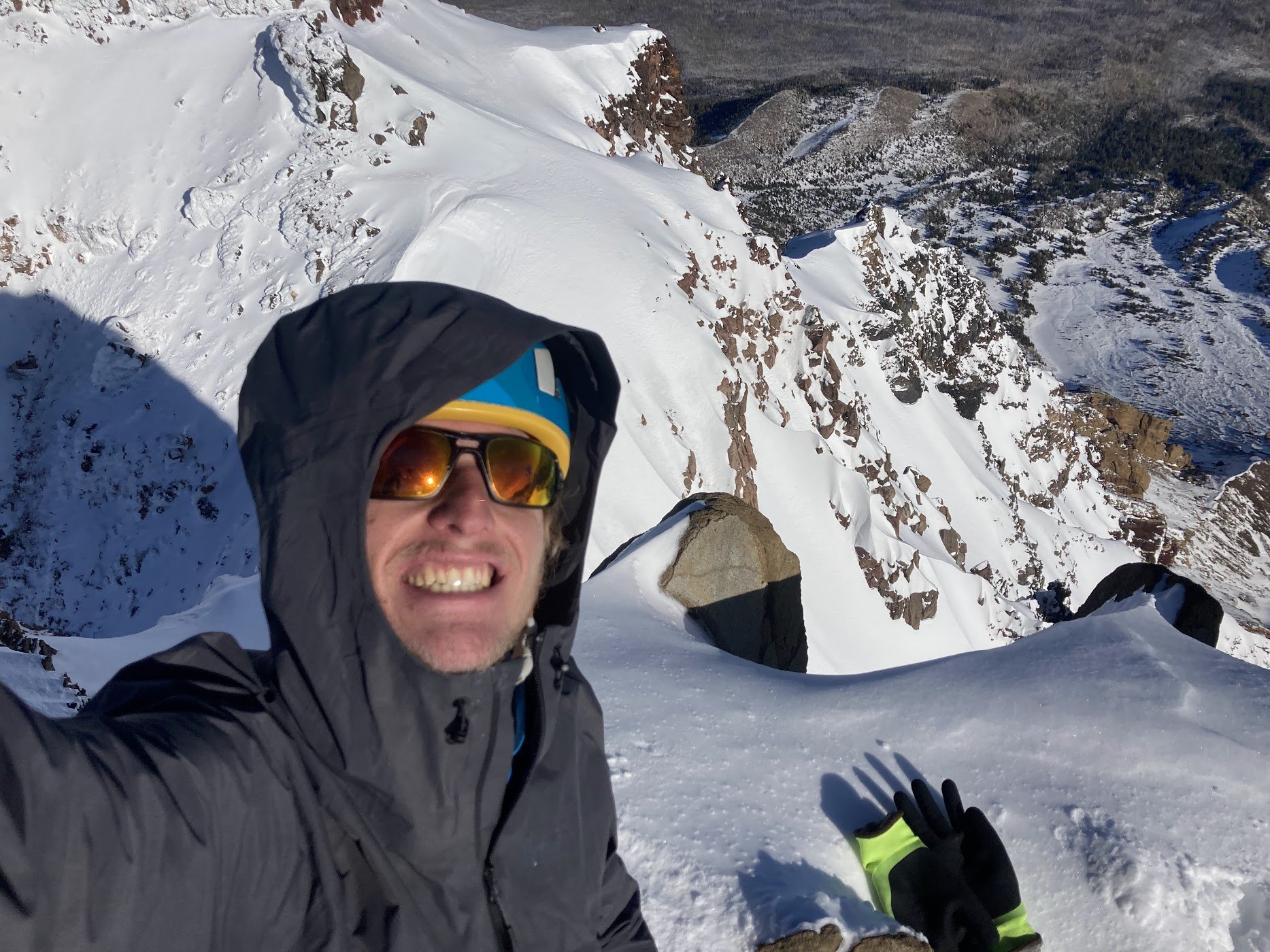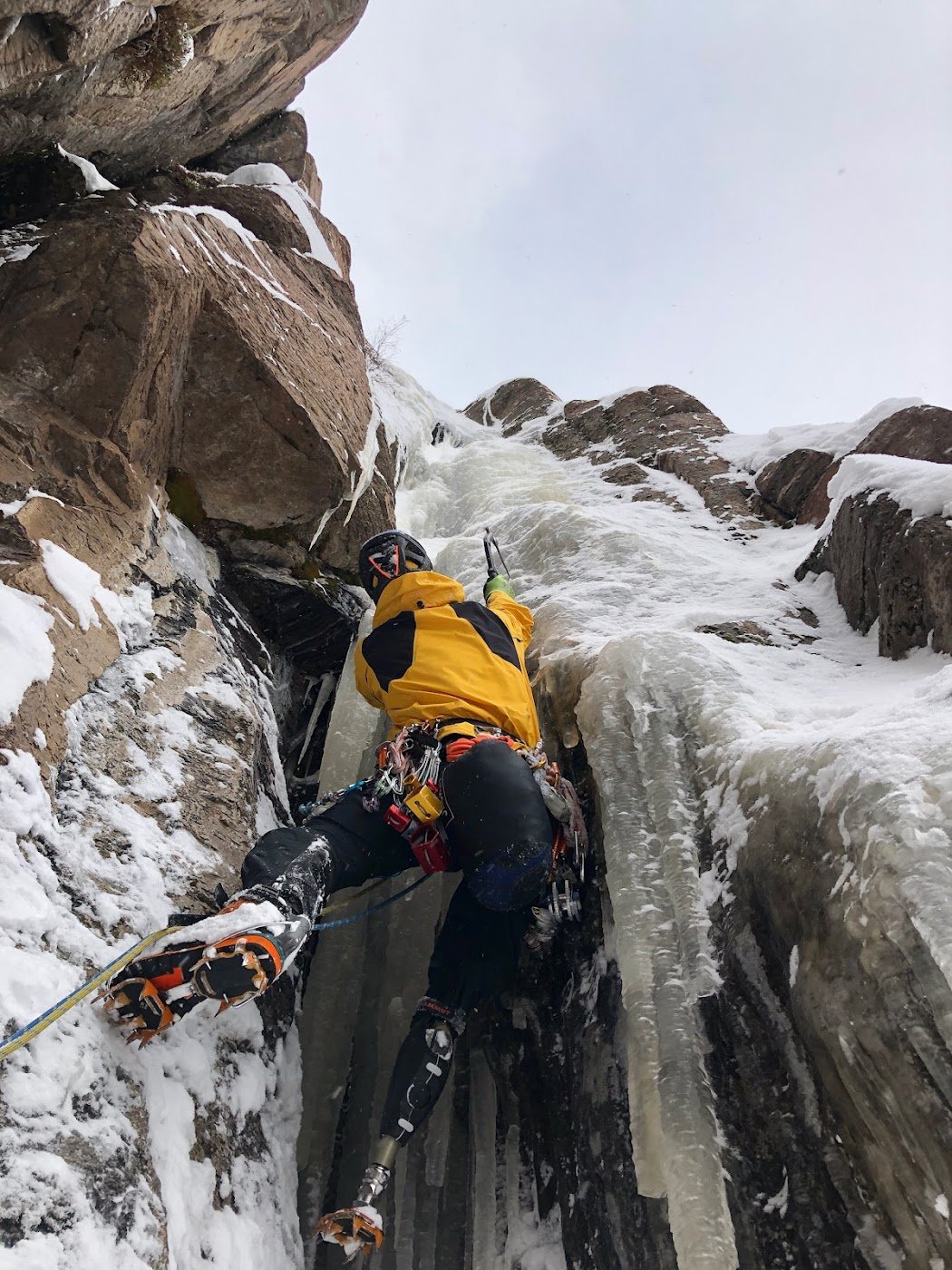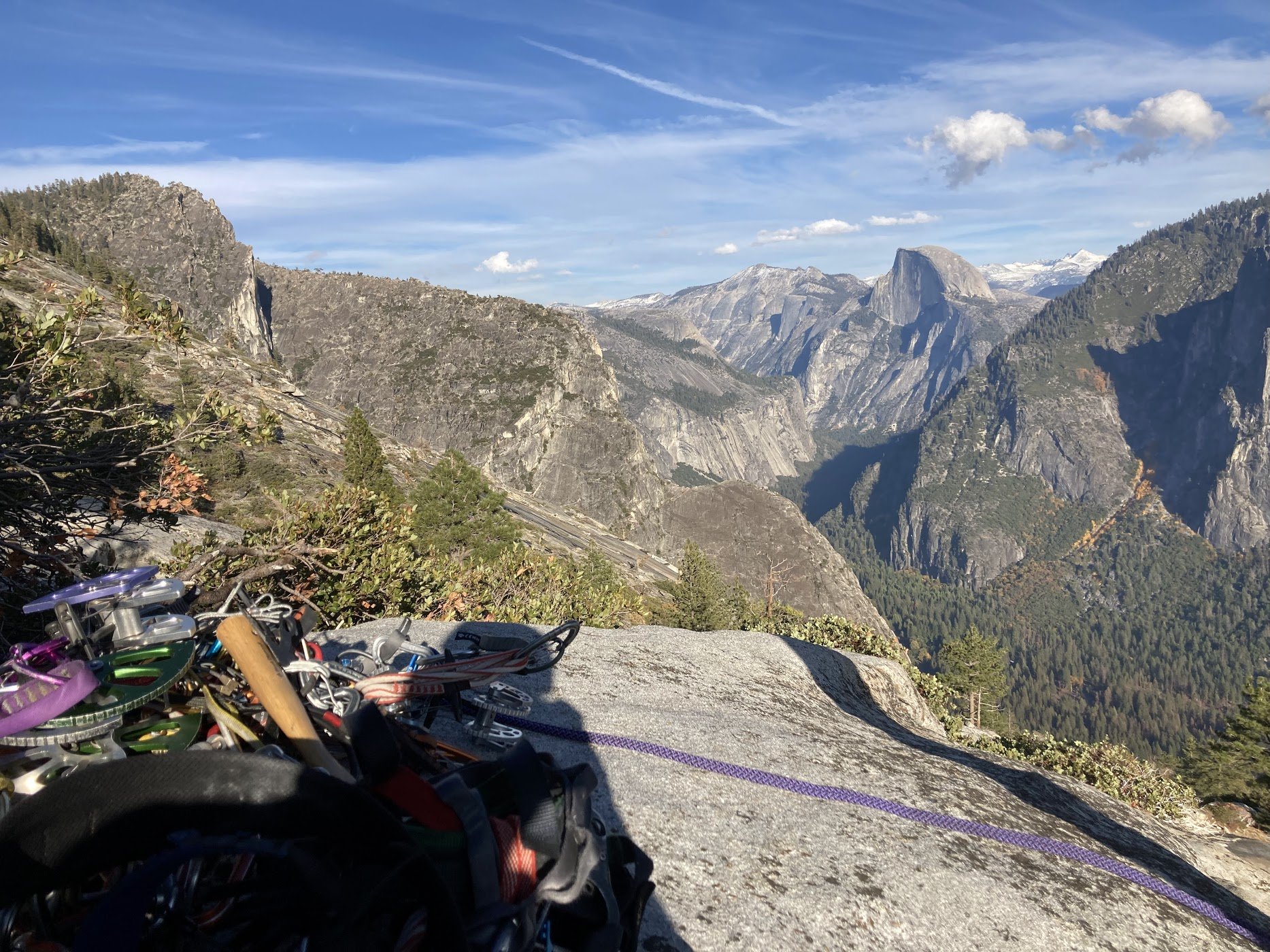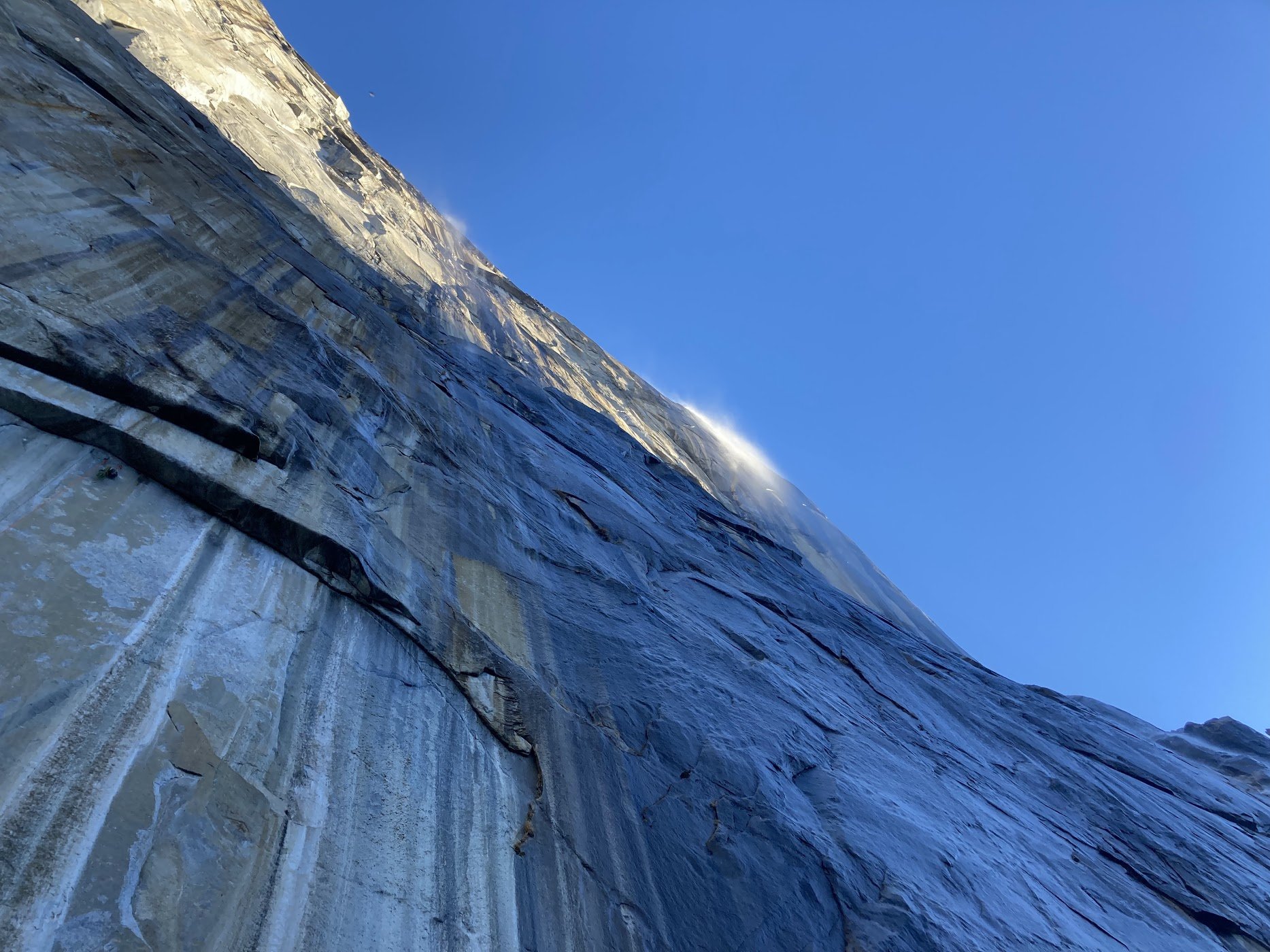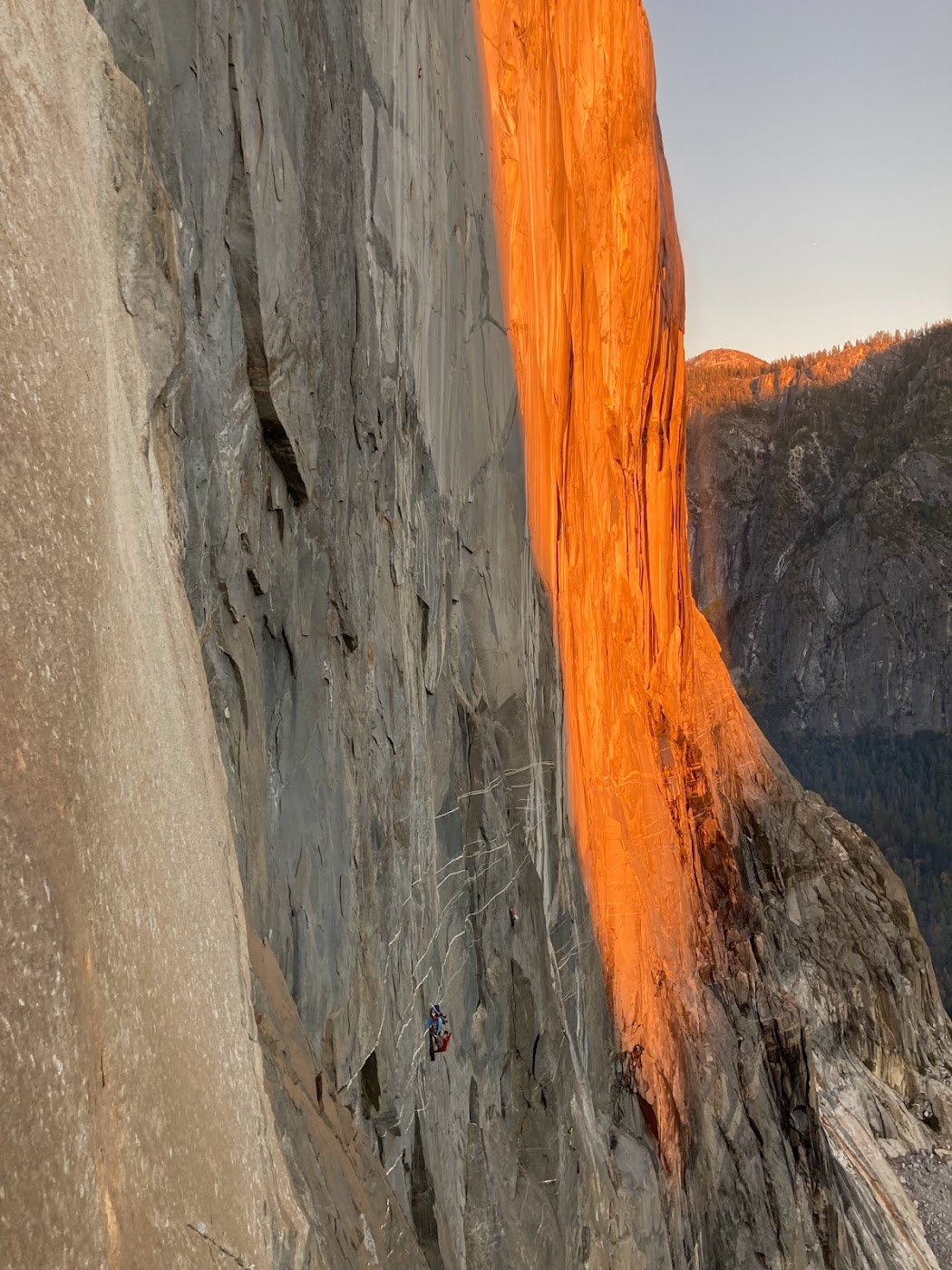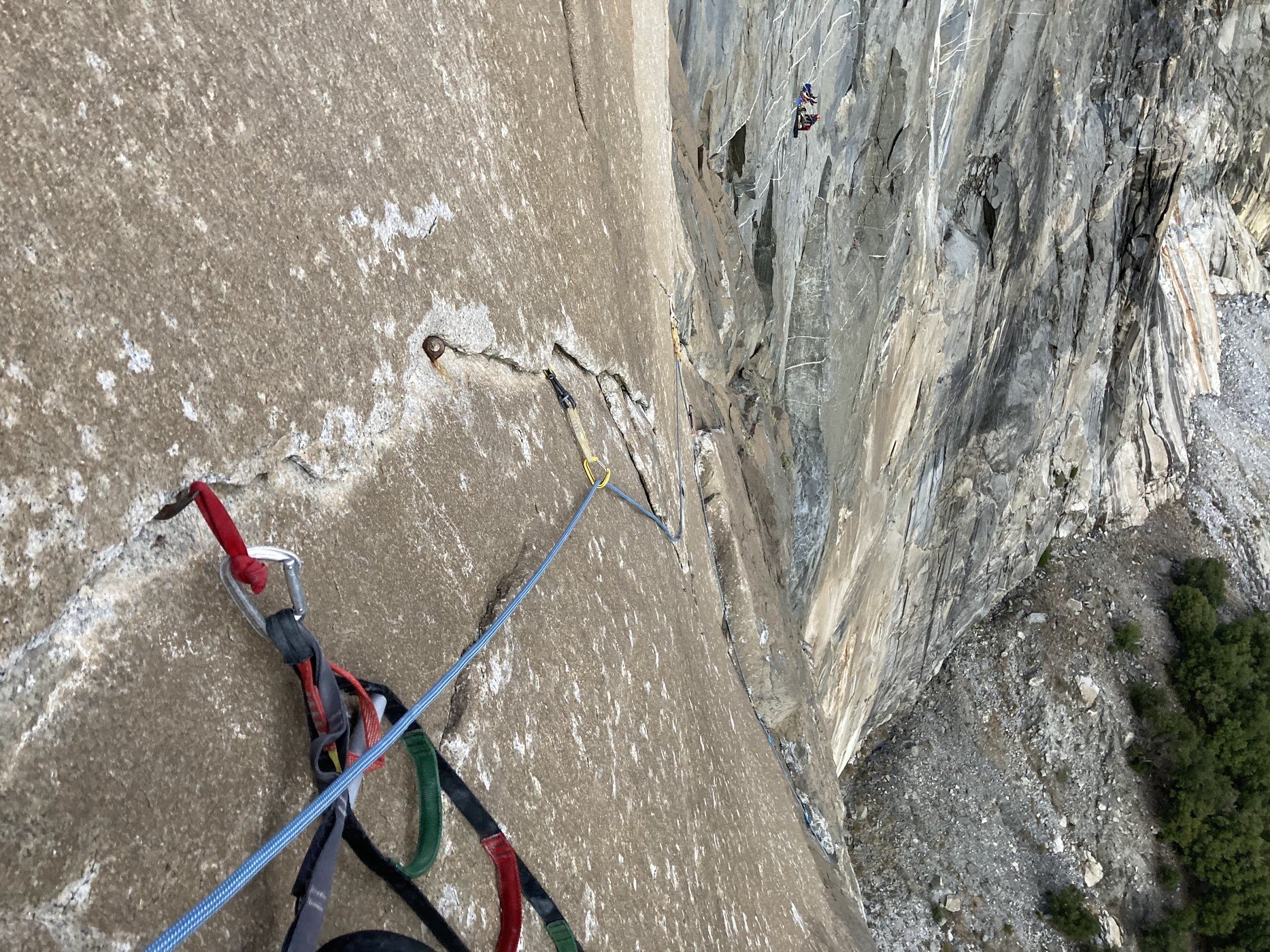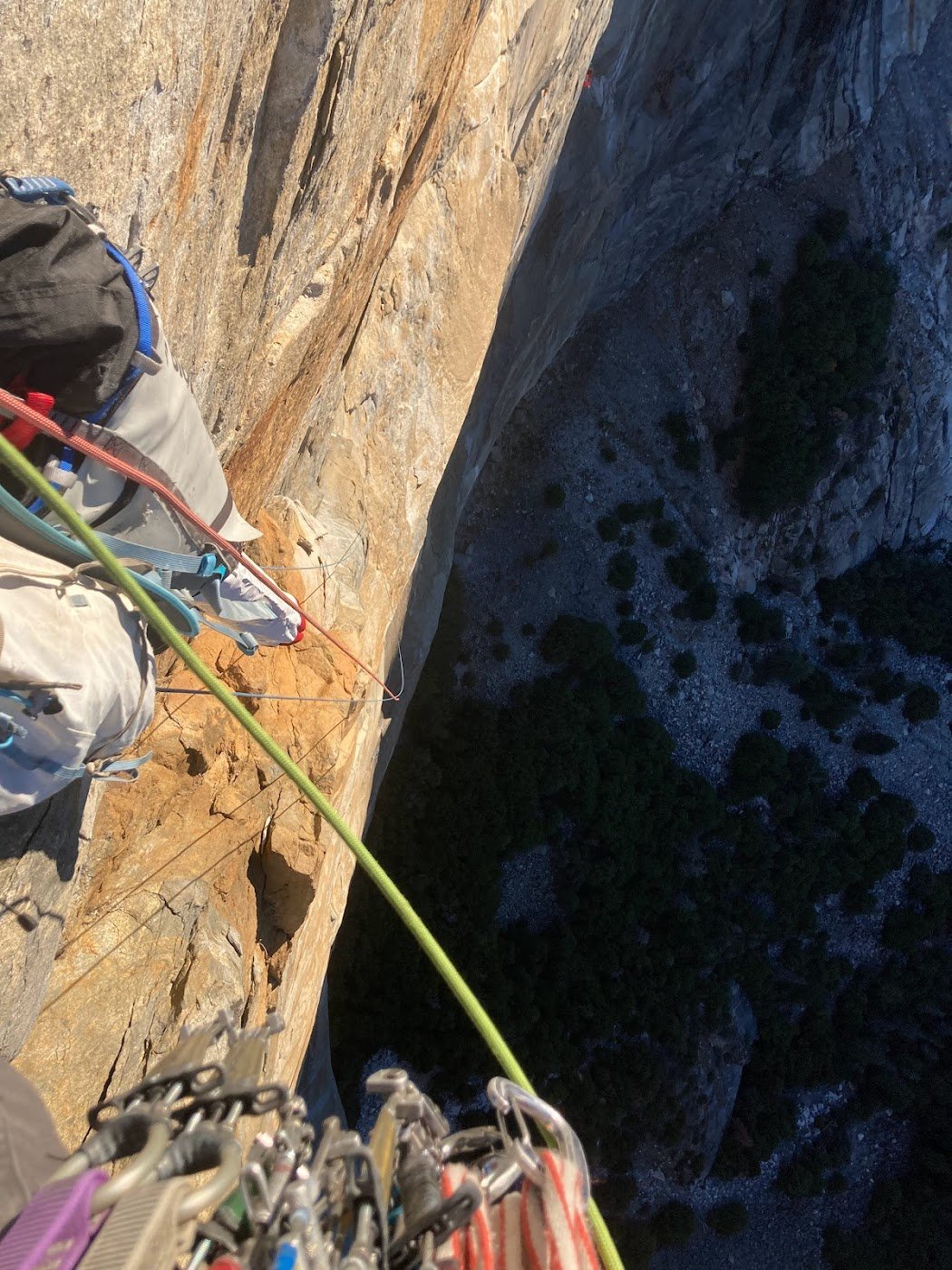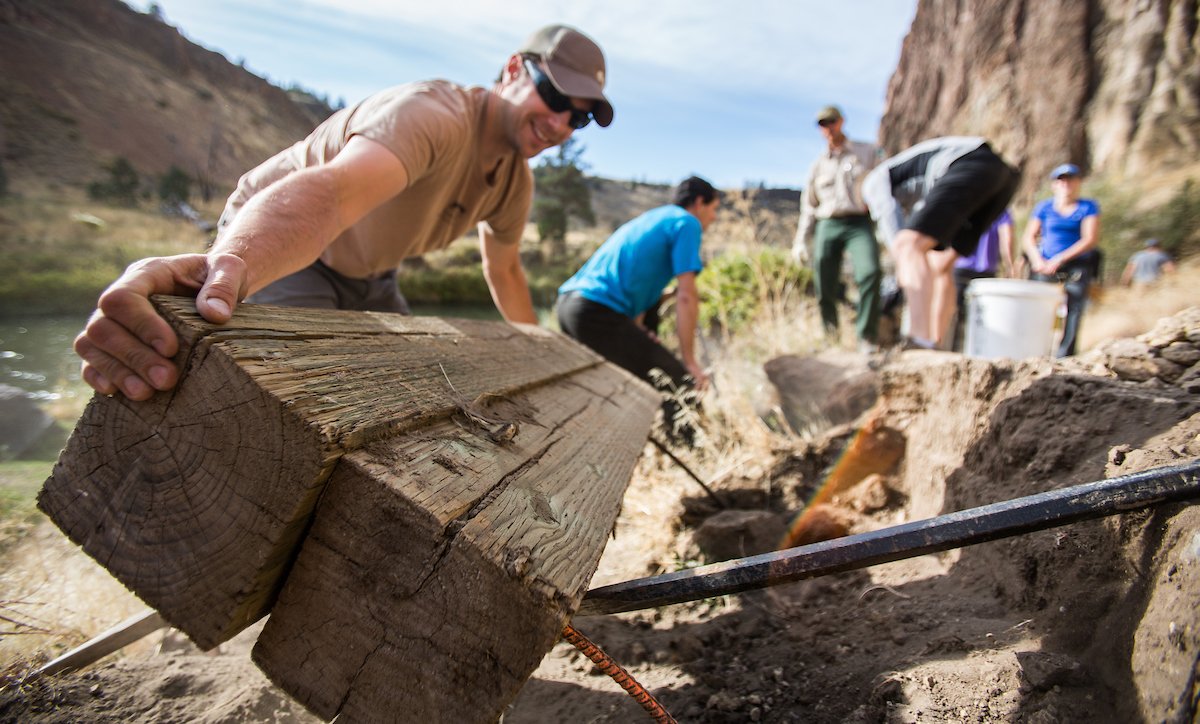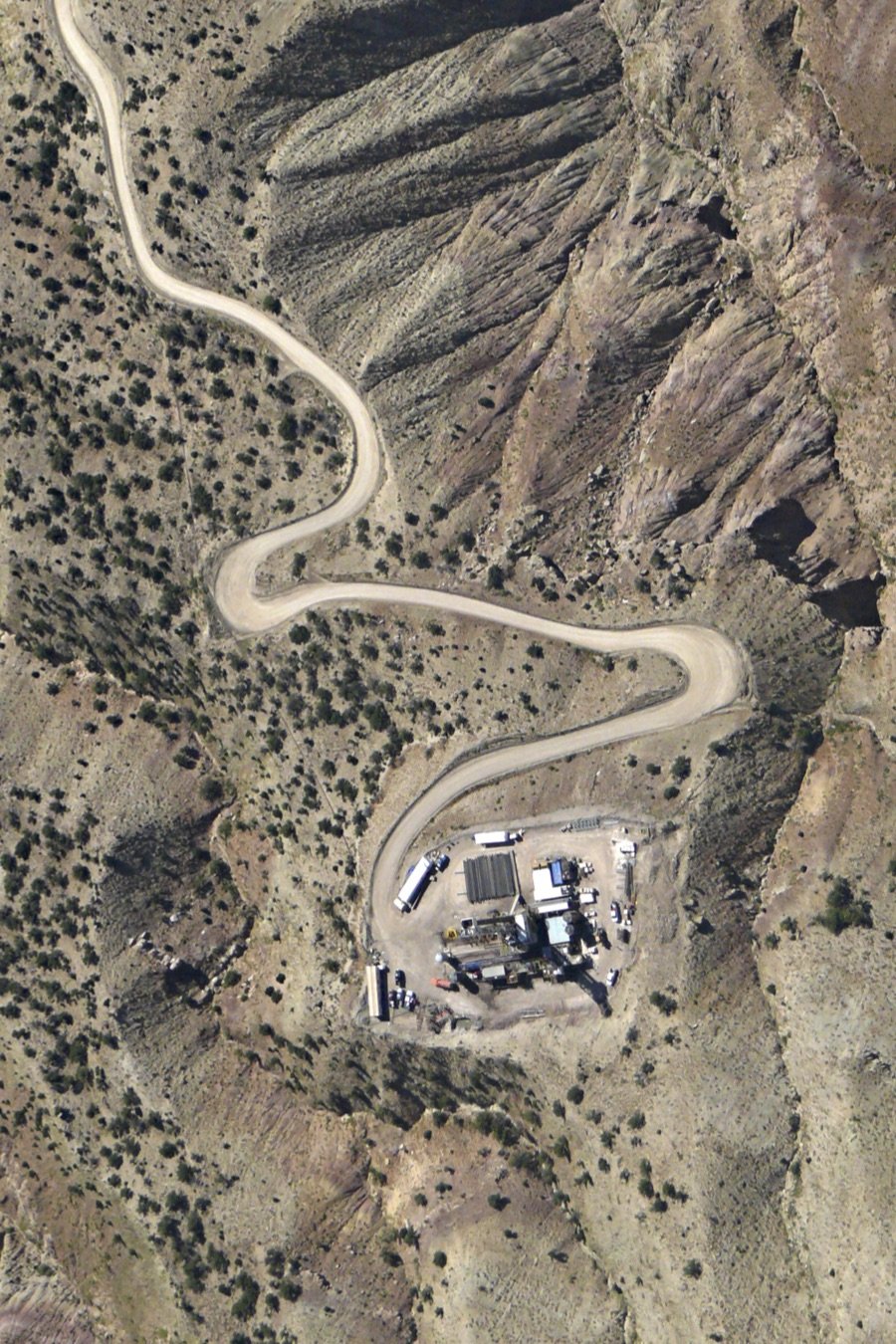With this backdrop of contamination reports and health complaints, residents near the Thompson Divide were extremely concerned about the impacts of drilling near their homes. Still, research on the topic remained scarce and sometimes conflicting, such as in a 2017 study conducted by the Colorado Department of Public Health and the Environment that claimed “the risk of harmful health effects (was) low for residents living near oil and gas operations” but called for further research on exposure risks. We know now, however, following the updated report in 2019 by ICF, that emissions near drilling and hydraulic fracturing sites can cause serious negative health impacts.
In addition to health and pollution concerns, one of the strongest arguments for protecting the divide were the economic benefits. Benefits the community argued, relied on the land remaining undeveloped.
An economic impact analysis completed in 2013 found that recreation, agriculture, and tourism—activities that locals argued would be most negatively impacted by natural gas development—collectively contribute nearly 300 jobs and $30 million to the local economy each year. In a town of only 6,500 people in 2013—those numbers make a big difference. These uses of the Divide are also sustainable. They’ve provided for the community for generations and would continue to, so long as the Divide was left free of development. This was an argument that helped to rally a broad base of supporters, well beyond those whose health or property might be affected.
There are many other benefits to not allowing oil and gas in the Divide. Extracting carbon rich fuels and leaching methane into the air is counterproductive to combating climate change. Leaving fossil fuels in the ground is truly a form of climate action. In addition, several of the areas up for lease at the time were federally designated roadless areas. By cutting roads into these pristine areas, natural gas development would disrupt wildlife like deer and elk, pushing them out of critical winter ranges and disrupting their migration and calving grounds.
Five years after the Thompson Divide Coalition formed, the area was as threatened as ever. I knew I had to add my voice to the fight so I started a student led initiative aimed at engaging young people in this local issue. I spoke at a town hall meeting in front of nearly 300 people and later helped organize a student delegation to deliver 1,152 letters from concerned citizens to the BLM headquarters in Silt, CO, asking them to let the leases expire.
These experiences opened my eyes to the challenges of grassroots activism, and the importance of local land managers and government officials. In the case of mineral leasing, almost all of the key decisions that we were concerned about were being made right down the road, in local BLM offices, at county commission meetings, and in town halls by people who lived in our communities, not politicians in far away places. Because of the proximity of decision makers, and our efforts to engage them, I feel we made a significant difference, not only in our community, but in the trajectory of the Thompson Divide debate.
What would be a key decider for the fate of several leases on the Thompson Divide would be the environmental impact analysis the BLM was forced to conduct in accordance with the National Environmental Policy Act. As it turned out, the BLM’s first analysis was improperly conducted resulting in their issuing of the leases illegally.
When the BLM released the updated draft EIS in November 2015, they received over 50,000 comments—most in support of protecting the Divide and doing away with the illegal leases. For reference, the population of Carbondale and Glenwood Springs combined amounted to less than 20,000 people in 2016, demonstrating the widespread nature of support from all surrounding communities and businesses. On top of that, the BLM hosted 3 public meetings for citizens to raise concerns. One meeting in Carbondale turned out a whopping 240 people on a Wednesday night!
With the consistent outcry from the public, and the updated environmental analysis, the BLM decided to cancel 25 undeveloped leases in the heart of the Thompson Divide—a reality that would not have emerged without the NEPA process.
Though several of the leases in the Thompson Divide have been cancelled, the area has yet to be removed from future leasing. The hope of permanent protection was introduced in a bill sponsored by Senator Bennett in 2017 called the Thompson Divide Withdrawal and Protection Act, which has since been lumped into a larger package called the Colorado Outdoor Recreation Economy (CORE) Act.


